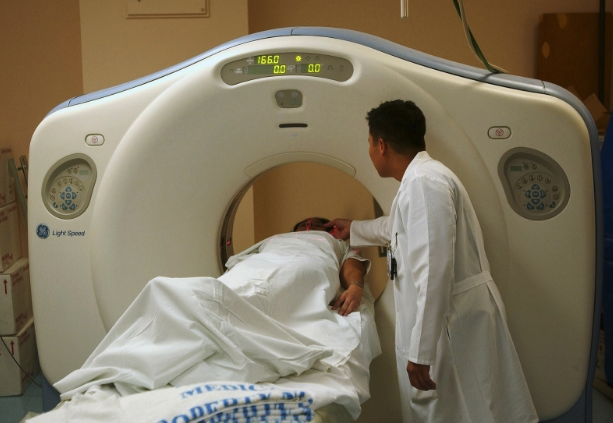The Crucial Connection Between Electronic Health Records and Patient Safety
Patient safety is a huge concern for any given healthcare provider. After all, if a hospital doesn’t ensure patient safety, then there will be adverse patient outcomes, medical errors, infection control issues, lawsuits, readmissions, penalties, and loss of goodwill. While most healthcare providers usually focus on issues such as training employees, following the rules and regulations to the T, and having robust policies to improve patient safety, many of them are overlooking one factor - EHRs and how they are crucial for patient safety. This article will highlight on EHRs, why they are so important, and how electronic health records and patient safety are connected.

What are electronic health records?
While these are just a few EHR benefits, let’s take a closer look at how exactly electronic health records and patient safety are connected.
How electronic health records and patient safety are connected
Let’s take a step back and think about how health records were before there were EHRs. Paper medical records took up a lot of physical space, could not be easily shared with other hospitals, were available at only one point at a time (unless copies were made and even those couldn’t be updated simultaneously), and were susceptible to physical damage. Backups were out of the question and searching through heaps of medical records was an administrative nightmare, to put it delicately. All of these adversely impacted communications between healthcare teams, led to delays - hampering patient safety in the process.
Once EHRs became mainstream, it helped eliminate the issues above. A large number of EHRs could be stored easily, updating or rectifying them is easier than ever, searches are faster, they are available to multiple teams simultaneously, and any update would be recorded in the main file. For physicians, pulling up patient records and assessing their conditions is easier than ever, provided that positive patient identification is being ensured.
EHRs support a wide range of solutions that enhance patient safety
EHR systems have grown wildly popular in recent years, and they now have a number of add-ons available that enhance patient safety significantly.
Whenever the term EHR comes up, CDSS isn’t far behind it. CDSS, or clinical decision support systems, are solutions that help clinicians make decisions about patient outcomes. These usually extract information from the patient’s EHR to provide physicians with a comprehensive view of the situation as well as aiding them to make informed decisions about the patient. These help to set alerts for specific scenarios, provide recommendations, and aid with medication adherence. However, it all depends on patient data integrity - as long as patient data is accurate, CDSS enhances patient safety, which brings us to the next solution.
In many cases, external factors can lead to patient data quality issues, patient mix-ups, patient misidentification cases, and more - leading to patient safety issues down the line. Just imagine that you are being treated with the EHR of an individual who has the same name but with a different medical history, vitals, allergies, etc - the results will be disastrous! Not only will your safety be in jeopardy, but it might also cause readmissions, wrong treatment, and even death. Fortunately, many responsible healthcare providers are using patient identification solutions to prevent these issues within their premises - enhancing patient safety in the process.
Final words
Author Bio: Salman Rashid is an avid reader, loves writing on healthcare issues, and loves all things related to technology, especially PCs and smartphones. He’s also a Digital Marketing Analyst at RightPatient.
Do You Need An Attorney?
If so, post a short summary of your legal needs to our site and let attorneys submit applications to fulfill those needs. No time wasted, no hassle, no confusion, no cost.

